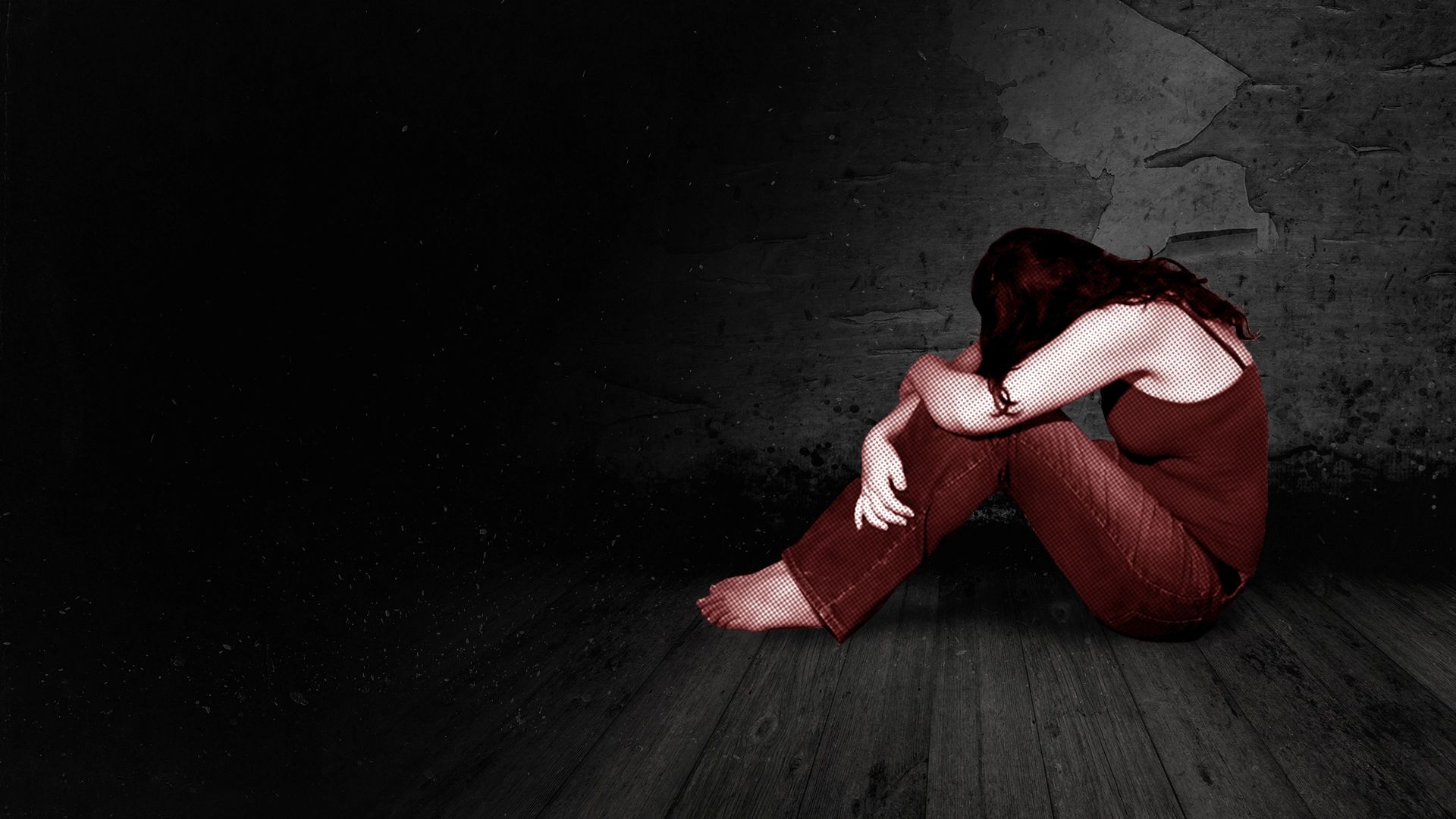Special Report
Weaponizing sexual violence:
Iranian forces' systematic abuse to suppress 2022 protests
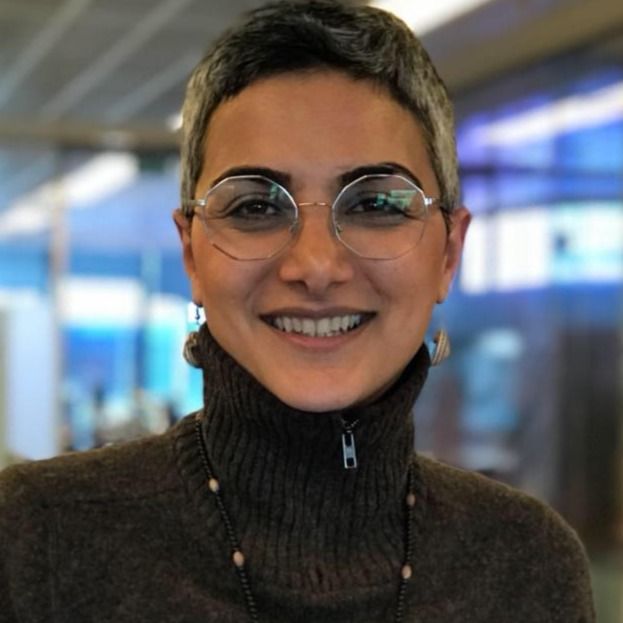
22 July 2024
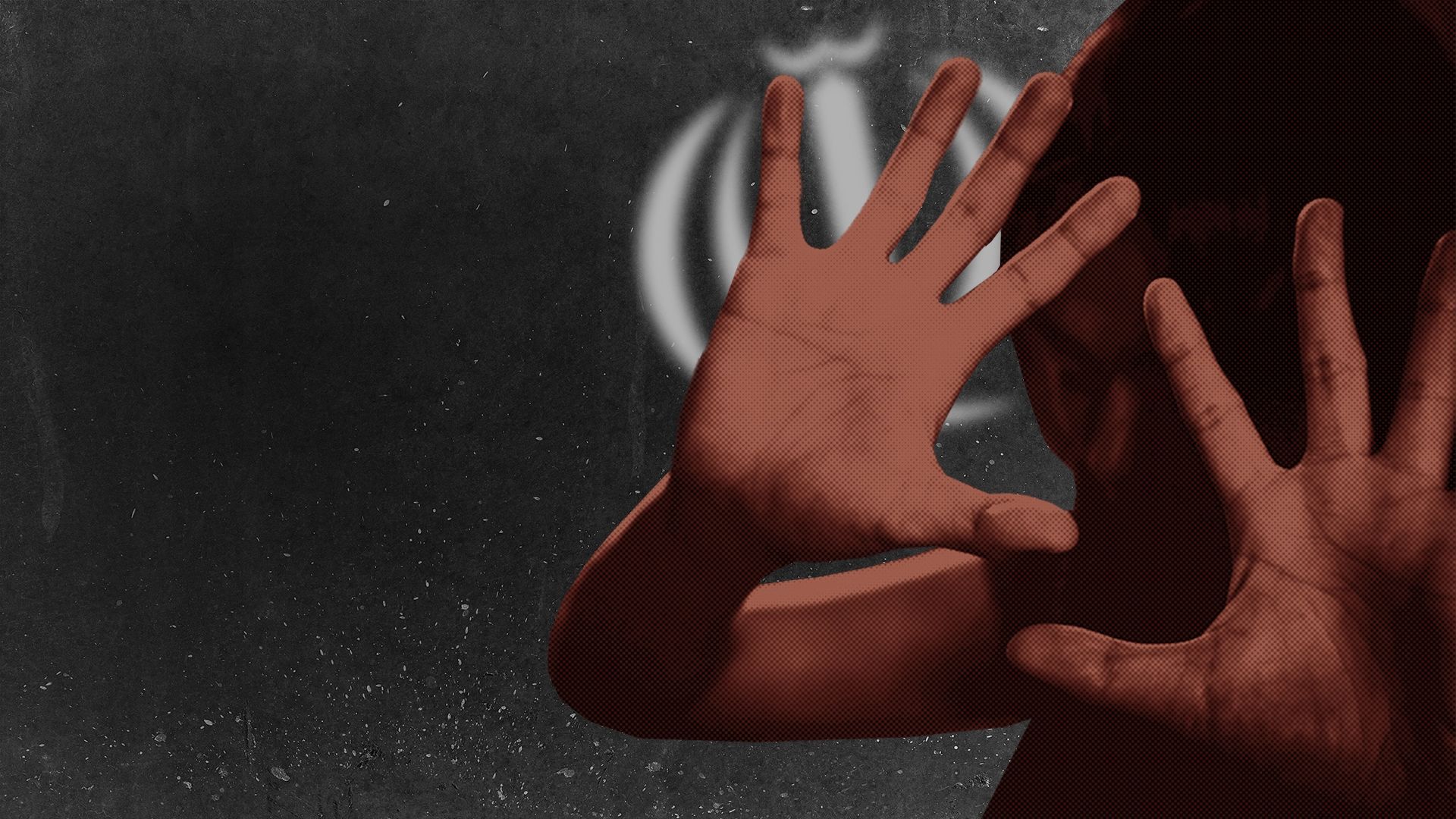
Weaponizing sexual violence
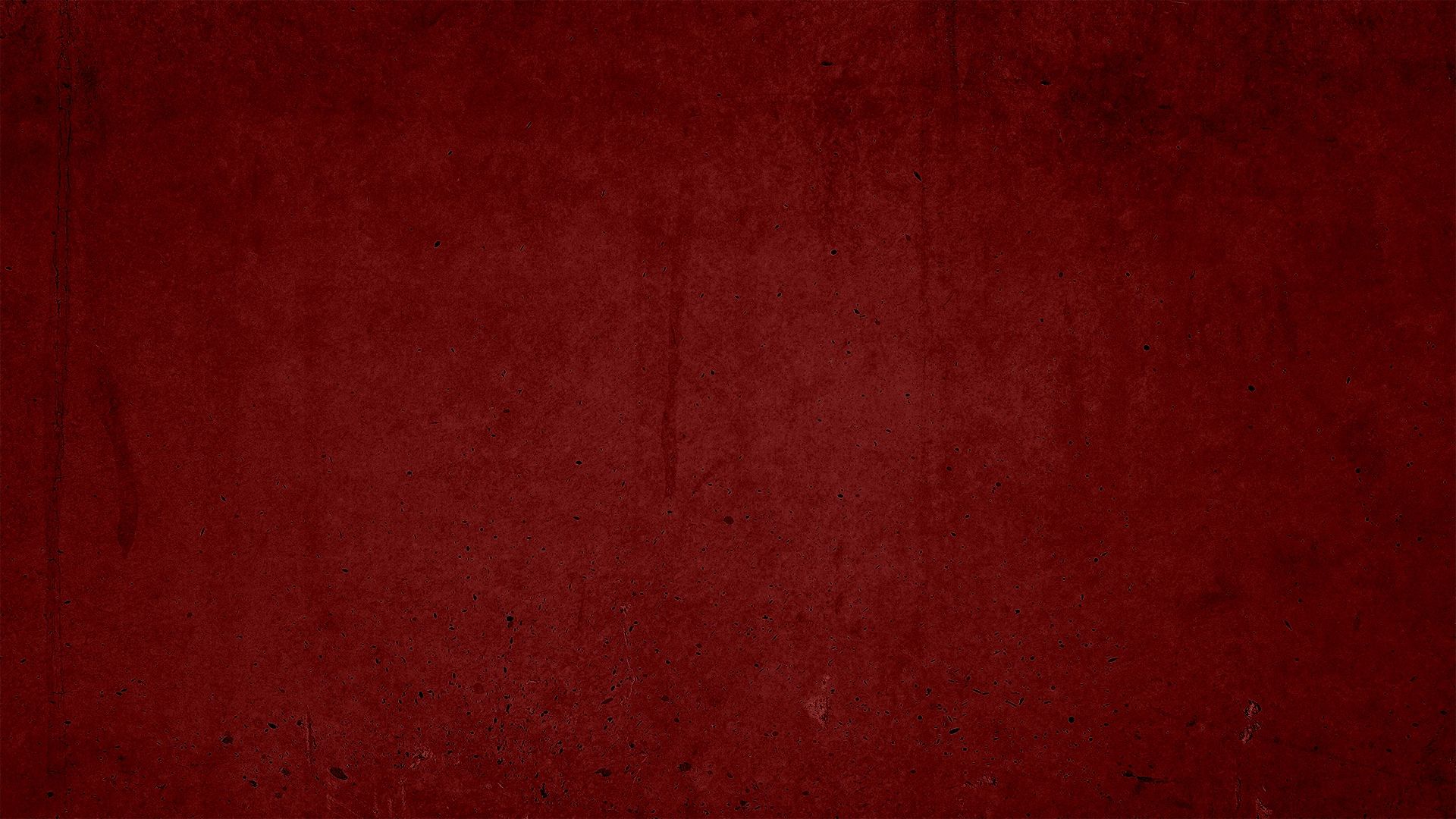
Harrowing testimonies from Iranian dissidents across multiple provinces expose the systematic and widespread weaponization of sexual violence by security forces to stifle protests in 2022, according to a year-long investigation by Iran International.
In exclusive interviews, six protesters aged 19 to 43 describe facing rape or sexual abuse almost immediately after their detention—in police vehicles, covert locations, and detention centers.
Often dubbed the "Woman, Life, Freedom" uprising, the months-long protests extending into 2023 saw Iranian authorities detain tens of thousands of demonstrators. Ignited by the death of Mahsa Jina Amini at the hands of the state’s so-called morality police, the demonstrations became the most significant challenge to the clerical regime, threatening its very foundation.
More than a year and a half after the security forces' crackdown, the victims’ stories shed light on the extensive scale of abuses inflicted on dissenters.
The accounts further reveal that, 45 years since its inception, the Islamic Republic continues to use sexual violence against both female and male dissidents as a pervasive method to maintain its grip on power.
For their safety, the names of all interviewees have been changed
Warning: This article contains detailed accounts of sexual harassment, assault, and abuse that may be distressing to some readers.
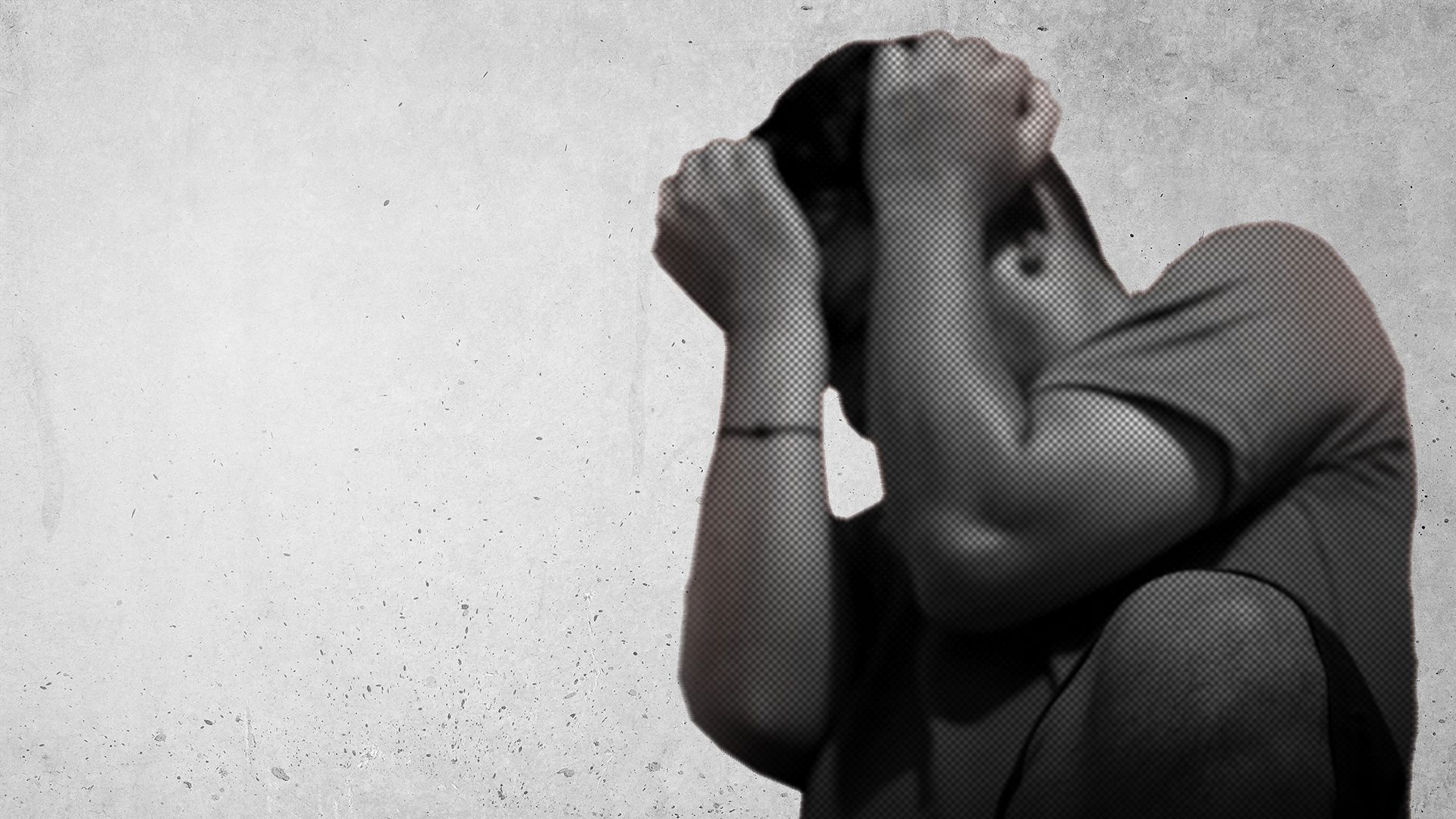

Sexual violence as a tool of political repression

According to conversations with formerly detained protesters, the sexual violence during the 2022 protests manifested in various forms. It included molestation, assault, abuse of genitals, and rape.
In two instances, victims reported being subjected to rape, with one particularly distressing case involving a man being forcefully penetrated with an object. Additionally, victims endured severe physical and sexual violence, often accompanied by verbal abuse and threats intended to degrade and humiliate them.
While the majority of the abuse was perpetrated by male intelligence and security forces, there were reports of female police agents, often dressed in the Islamic chador, actively participating in the crackdown.
On at least one occasion reported to Iran International, female officers were directly implicated in the sexual violence inflicted upon a female protester in detention.
Female protester Sanaz says she was detained in Shahr-dari Square in Rasht, in northern Iran. She was taken to a location she says resembled a primary school – where she was subjected to psychological and sexual abuse. “Female officers restrained me while a male officer touched my body and, using extremely vulgar language, told me: ‘We’ll take your breath away. Your body will be found in the sea, and the cause of death will be reported as suicide. We’ll disgrace you and your family,’” to intimidate her into compliance.
In another case, a mother reports that her daughter was released to her from Kachouii Prison in the city of Karaj. She says her daughter was unable to walk properly, with her face bruised and kidneys damaged – and still remains under medical supervision and that she suffered mental and physical abuse during the detention.
According to her, the prison officials informed her daughter that she had no one waiting for her outside, issued death threats, and even went so far as to plan to bury her body and falsely inform her family that she had fled the country.
These actions were seemingly designed to inflict a profound sense of abandonment, humiliation, and shame, aiming to make her feel isolated and discredited in the eyes of her family—a tactic by intelligence and security forces often reported to Iran International by other dissidents.
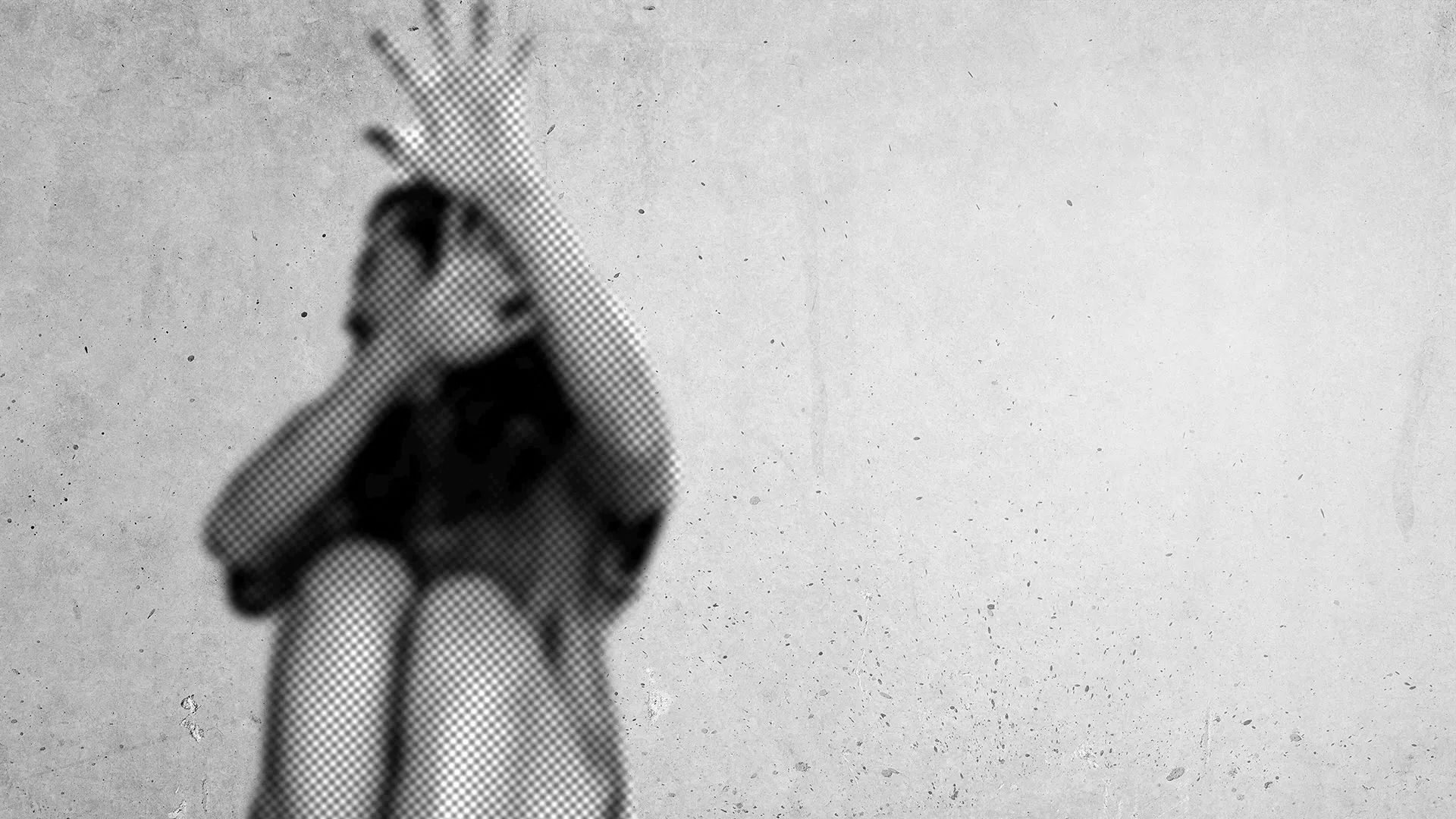
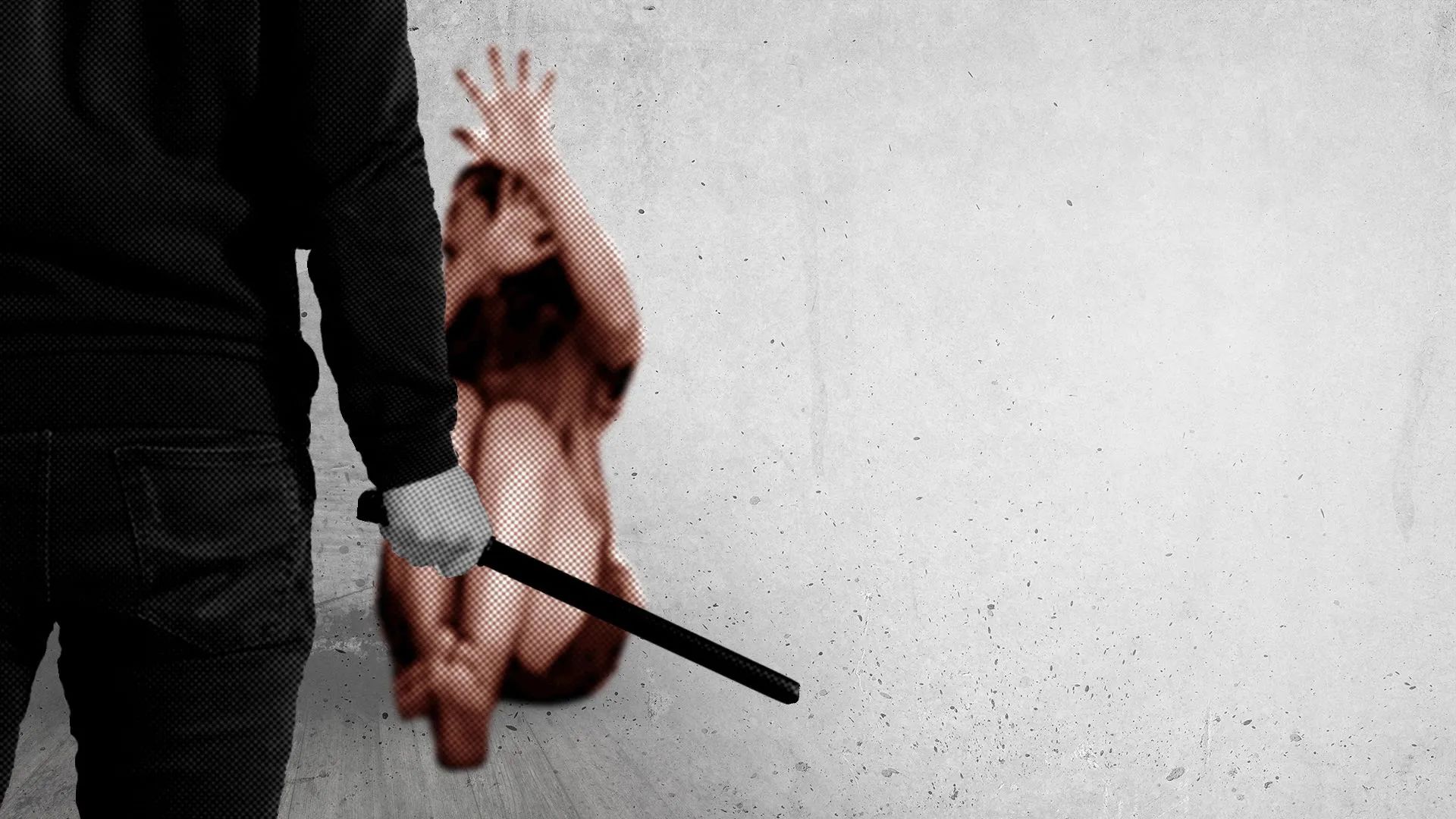
Widespread and systematic sexual violence in covert locations

Sexual abuses committed by Iranian security forces were not isolated incidents, but rather part of a widespread, systematic strategy to stifle dissent, as evidenced by numerous testimonies provided to Iran International.
The sexual crimes reportedly perpetrated by the authorities extended across multiple cities—Tehran, Karaj, Rasht, Amol, and Mahabad—encompassing five different provinces.
In one case in the city of Karaj, a female protester, Hasti, says she was first detained by security forces and then subjected to severe physical abuse inside a moving van. Once the vehicle stopped, she was forcibly thrown out and glimpsed several warehouses through her blindfold. “As they pressed my neck down, I was led towards one of the warehouses,” she recounted.
Inside the warehouse, Hasti says she endured brutal sexual violence. “A man grabbed my hair from behind and slammed my head against the wall. I was dizzy for a few seconds as they undressed me, and I heard a few more people enter the room,” she recalled.
Hasti told Iran International that the experience was so profoundly distressing that she struggles to discuss it even now. "I don't want to give details because it's very difficult for me. I'll just say I was raped. And after some time, I was sent somewhere like a clinic to take antibiotics."
Similar to Hasti’s ordeal, the other testimonies reveal that abuse by Iranian authorities rapidly escalated from sexual harassment during transit in police vehicles to severe sexual assault in detention.
Multiple officials were involved in each case, suggesting that the sexual violence inflicted on dissidents, in covert locations, was both deliberate and coordinated.
Leyla recounts being arrested near Valiasr Square in Tehran during a protest, where several officers immediately began assaulting her. “Four officers were hitting me from both sides. They kicked me and pulled my scarf over my face,” she recalled. Shoved into a car, she says the abuse escalated further as an officer groped her breast while mockingly promising her “freedom.”
She was then transported to an undisclosed location in the capital, where, still blindfolded, she was stripped and sexually assaulted by the same officers.
Although protesters were often blindfolded to prevent them from knowing their destinations, several testimonies reveal that the abuse occurred in a variety of locations. These included apartments, schools, alleys, warehouses, and, in one instance, a place believed to be a hospital or clinic.
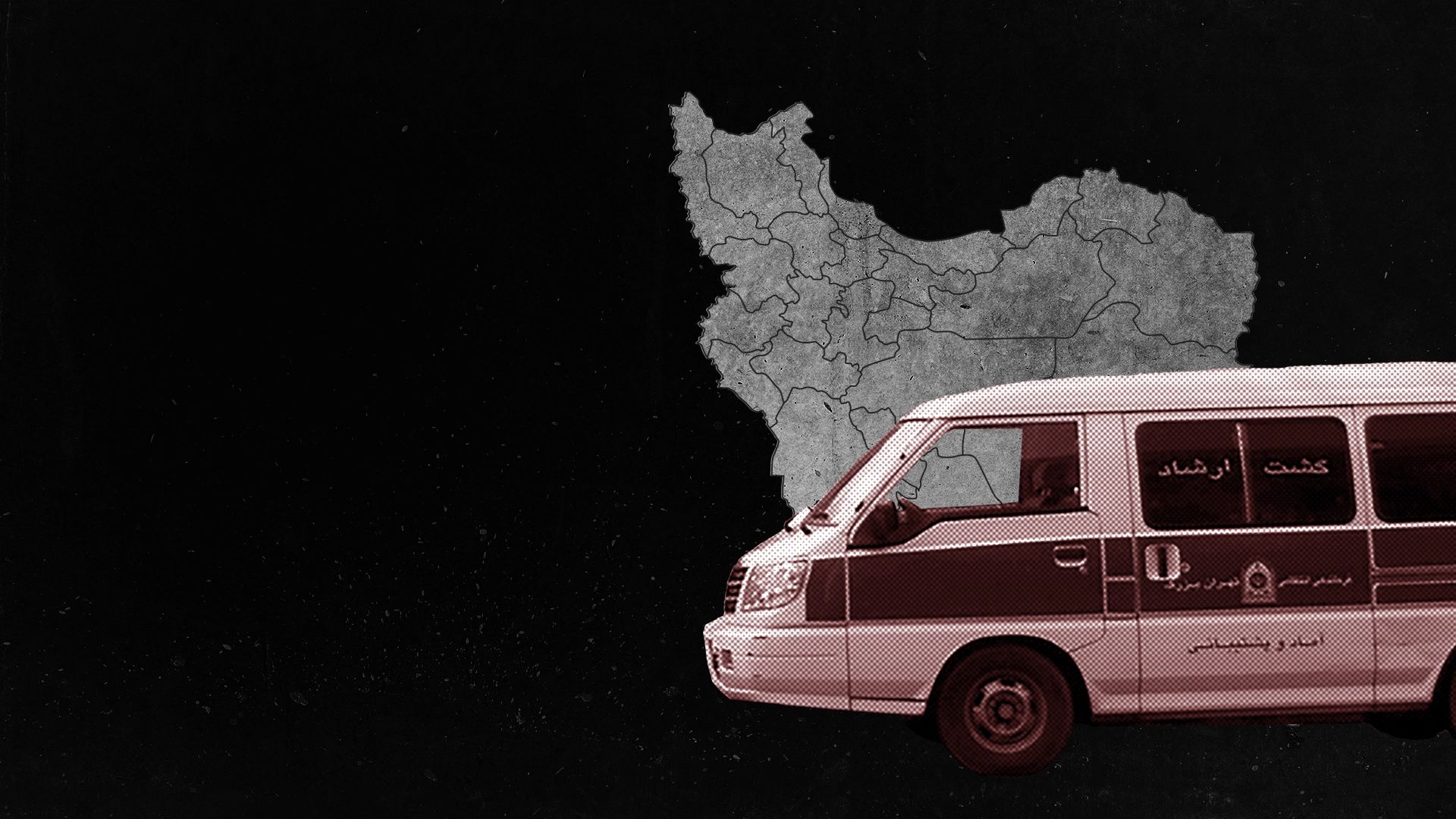

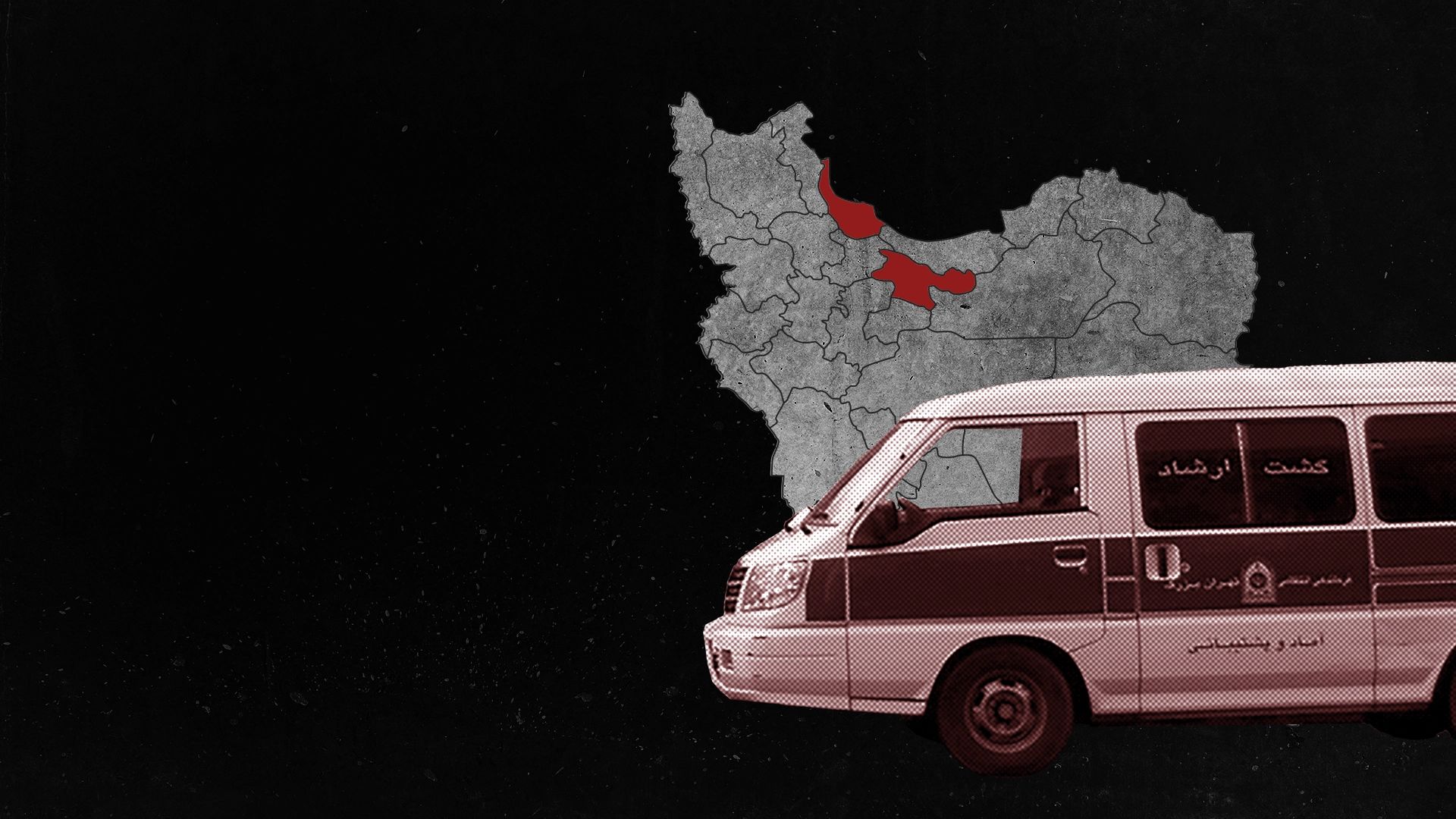

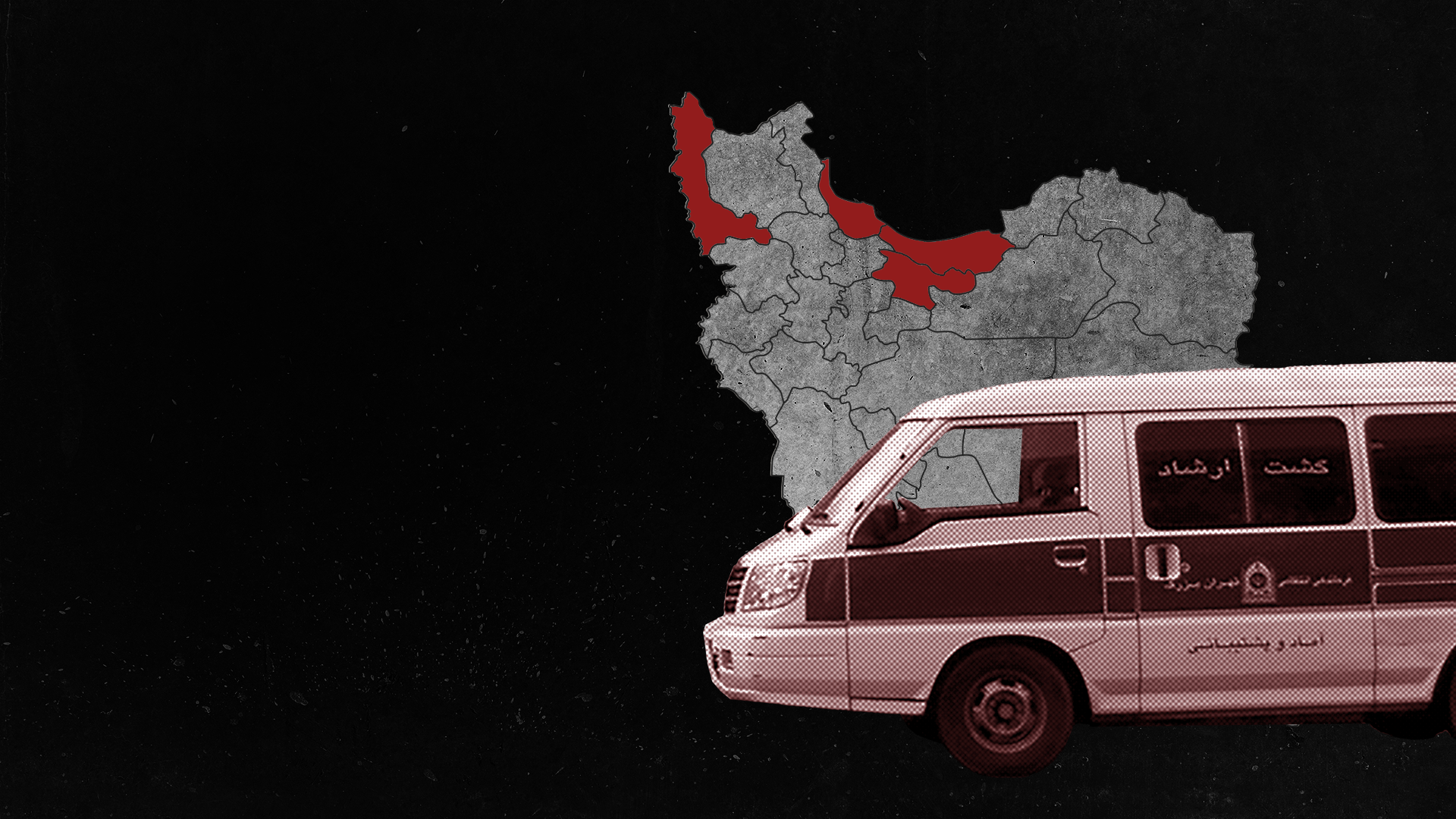
Male protesters targeted with sexual violence by authorities

While sexual abuse indiscriminately targeted women of all ages, testimonies also unveiled that authorities employed sexual violence as a calculated tactic to suppress and intimidate male protesters.
Hossein was detained by security forces during one of the protests at Tehran’s universities. Thrown onto a motorcycle, his shirt was yanked over his head. Sitting behind him, the officer taunted him with a vulgar tone. "Not even God can hear you now. You can't refuse anything I give you." Disoriented, Hossein says he was not taken to a prison – but, instead was led down an alleyway into an apartment. There, the officer pressed him against the wall and forcefully penetrated him with an unknown object. "I kept screaming. After a while, he left. I was in shock," he later recounted.
“Someone entered the room after several days and after what I think was meant to be an examination, the person told me, in a regretful tone, that my anus was torn." Hossein says he was released about two months later. The dissident said he knew of many people who had similar experiences, but who didn't want to talk about it.
Another protester, Homayoun, was detained by security forces in the city of Amol, in northern Iran. He recounts being immediately subjected to severe physical abuse and dragged into a car. “They had fractured my head during the arrest, and because I resisted, they also dragged me on the ground," he said.
He believes he was taken to Amol’s main prison. There, he says, he was forcibly injected with unknown substances—a fate shared by many detainees during the security forces’ crackdown, including children, who were also administered or injected with mysterious substances.
The abuse didn’t end there. Homayoun was repeatedly kicked in the testicles while the officers hurled vulgar language and threats at him. "They said they would finish me off, meaning they would kill me," he recounted. The excruciating pain caused him to faint, and when he woke up, he says the officers tried to force him to confess that he had assaulted two security forces.
In Mahabad, a predominantly Kurdish city, protester Sivan found himself detained by the security forces. His long hair became a tool to inflict pain, as he says an officer wrapped his hand around it and lifted him off the ground, causing him excruciating agony. Thrown into a car, Sivan endured further torment there. One officer kept his head pressed down, while another squeezed his genitals, causing him to scream.
The assault continued as he was pulled out of the car and led down a building’s corridor with what he said was an overpowering scent of cleaning agents, reminiscent of a hospital or clinic. In a room, two officers forcibly stripped him naked and beat him with a chair – forcing him to eventually sit on it. One of them mocked Sivan, saying "So, what's the news about the naked ones from the revolution?"
That reference points to how, amid this particular crackdown on dissent, Iranian security forces justified sexual violence by claiming that demands for freedom, especially from women, indicated a "willingness to get naked" and "spreading immorality."
During his detention, Sivan faced further torment. “Another officer was present. Every now and then, after beating me, he would pour water on me and say, 'When we electrocute you, you'll understand what’s what.'” Sivan was left tied to the chair for an unknown duration. Eventually, the door opened, and they tossed him his torn pants and shirt,
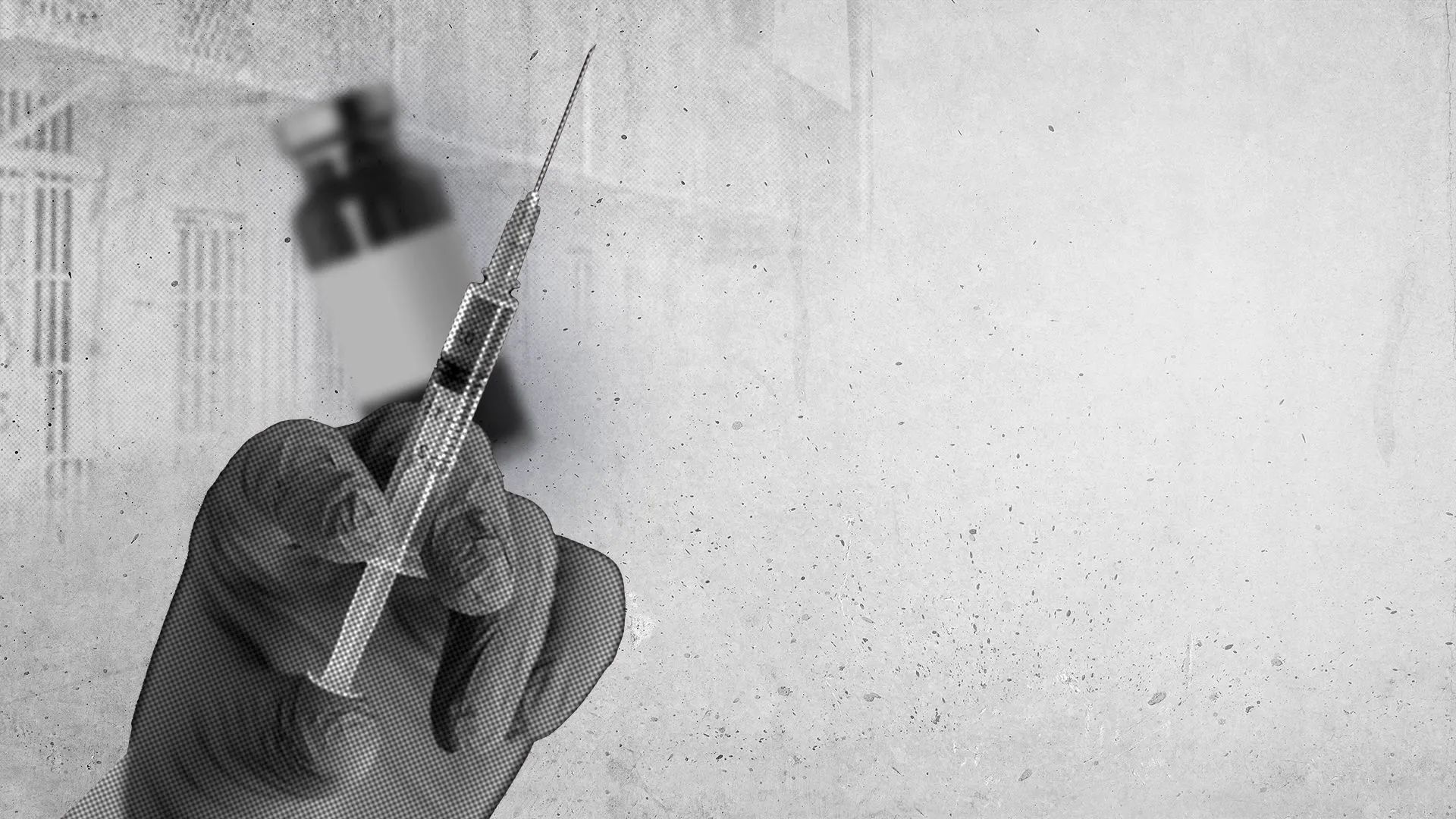
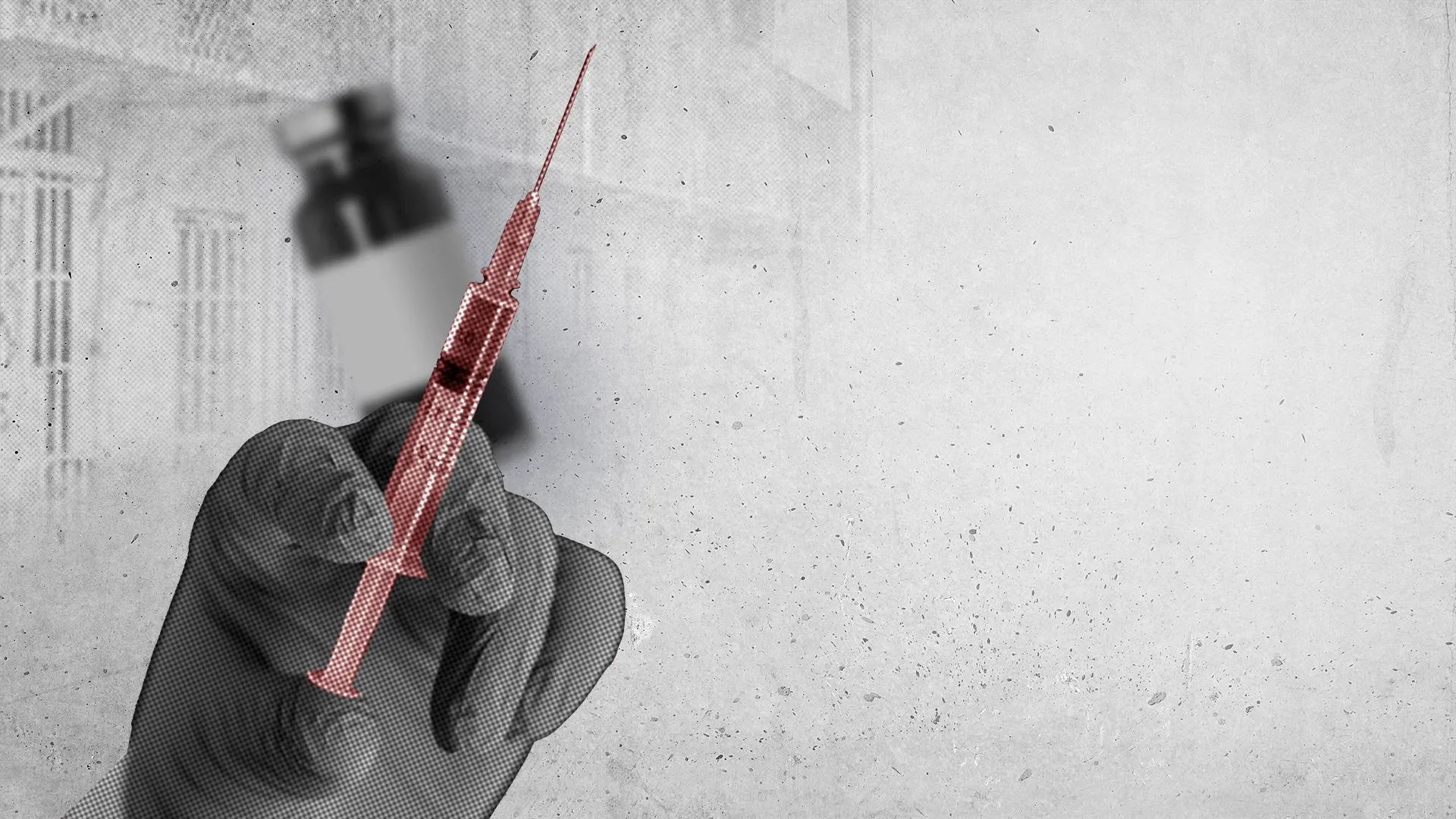
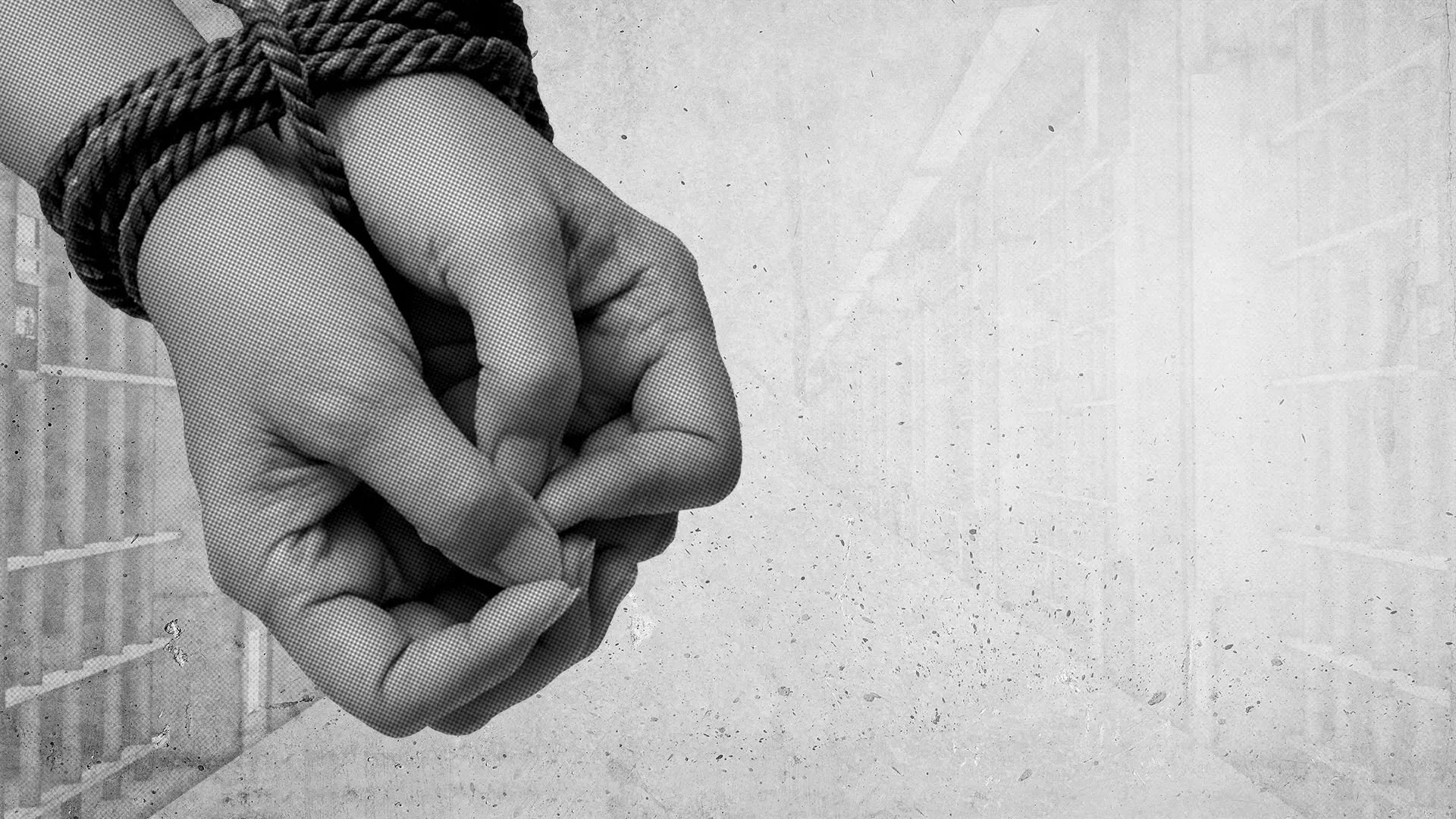
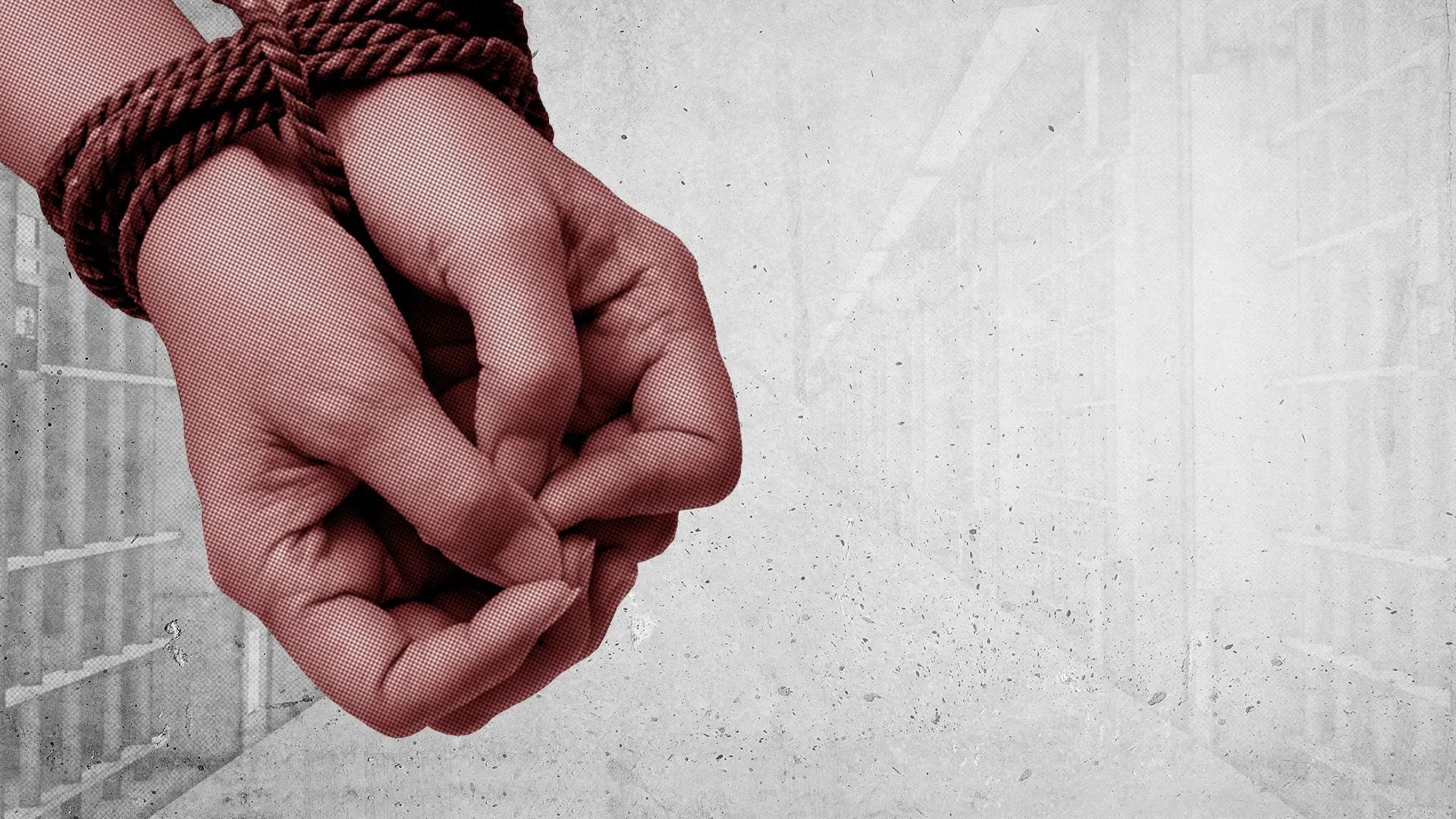
Lasting psychological impact of sexual abuse by authorities

The fear of retaliation and re-imprisonment by the country’s intelligence agents has silenced many victims, leaving the true number of protesters who suffered sexual harassment or abuse unknown.
In testimonies shared with Iran International, victims recounted enduring profound psychological trauma from the sexual abuse they suffered. One dissident needed a therapist present during their interview, while others revealed they are currently undergoing therapy to cope with their experiences.
Some also revealed knowledge of other victims who had been driven to suicide by their experiences.
Studies have consistently shown that sexual violence result in both immediate and long-term consequences. Initially, victims often face acute stress, emotional detachment, sleep disturbances, physical injuries, sexually transmitted infections, and unwanted pregnancies. Long-term impacts include persistent depression, chronic post-traumatic stress disorder (PTSD), interpersonal difficulties, risk of revictimization, gastrointestinal distress, chronic pelvic pain, substance abuse, and increased utilization of healthcare services.
The Iranian authorities’ use of physical and sexual violence to suppress dissent is a longstanding tactic, dating back to the establishment of the Islamic Republic.
The latest testimonies expose a deeply ingrained strategy of weaponizing sexual violence to humiliate, violate, silence, and brutalize those perceived as opponents of the regime.
Despite documented reports of torture and sexual assault, Iranian state and judiciary officials have frequently denied allegations of mistreatment of protesters and dissidents, refusing to acknowledge the extensive evidence of their abuses.

